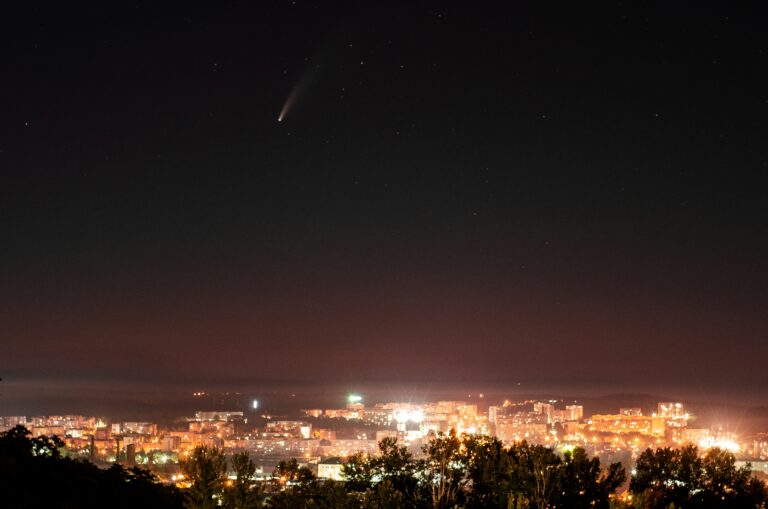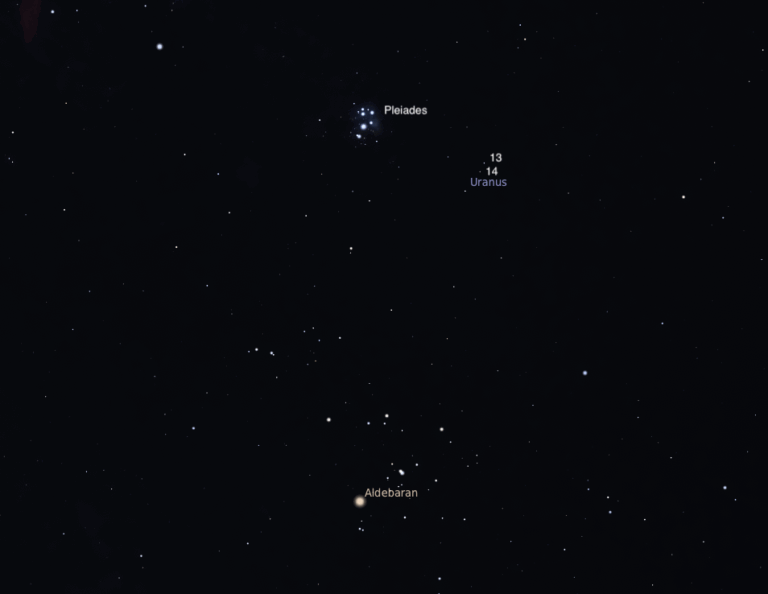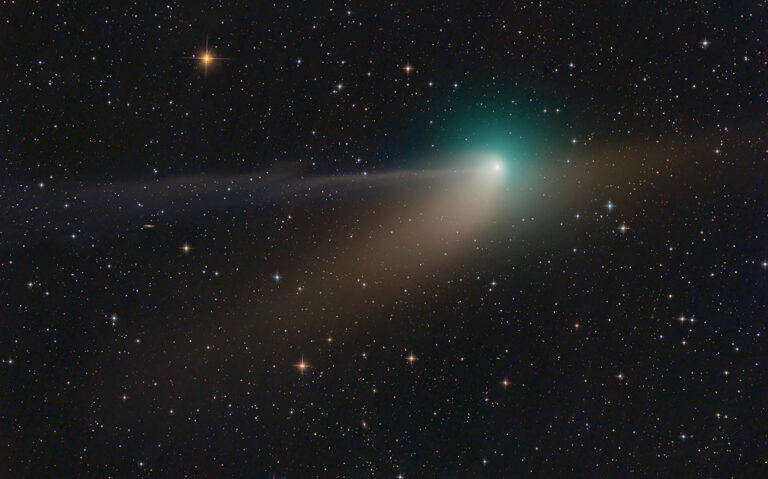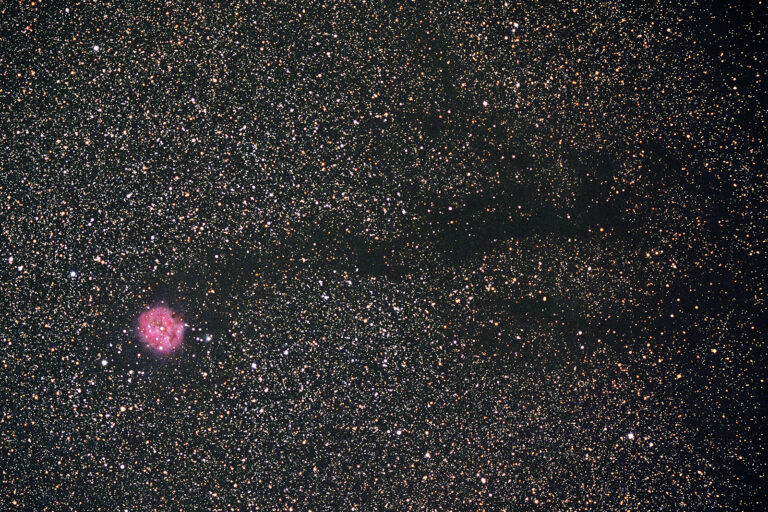
Key Takeaways:
- On October 29, Mercury (magnitude –0.1), Mars (magnitude 1.4), and Antares (magnitude 1.1) will be visible low in the western sky after sunset, with Mercury positioned between Mars and Antares.
- Telescopic observations of these objects reveal Mercury as a 7-arcsecond, 60-percent illuminated gibbous phase, while Mars appears as a 4-arcsecond disk exhibiting no discernible surface features.
- On the morning of October 31, Venus (magnitude –3.9) will rise around 6 A.M. local daylight time, preceding Spica (magnitude 1.0), with the pair positioned approximately 8° above the eastern horizon roughly 30 minutes before sunrise.
- Celestial data for October 29 includes the observation of the First Quarter Moon, noted as 65% waxing gibbous at 10 P.M. local time, along with specific local sunrise, sunset, moonrise, and moonset timings for 40° N 90° W.
Looking for a sky event this week? Check out our full Sky This Week column.
October 29: The First Quarter Moon shines
After reaching greatest eastern elongation yesterday, Mercury is now less than 9° west of Antares, the bright red heart of Scorpius the Scorpion. Half an hour after sunset, Mercury is 3.5° high, with Antares to its upper left and Mars to its right.
Mercury is the brightest light here, glowing at magnitude –0.1. Antares is next, shining at magnitude 1.1, while Mars is a tad fainter at magnitude 1.4. Mercury will be easiest to see and may pop out of the twilight without optical aid. If you have trouble spotting Mars, use binoculars or a small scope to slowly scan some 5.4° to the right (northwest) of Mercury to look for its faint, ruddy glow.
Through a telescope, Mars’ disk is tiny, just 4”, and doesn’t show surface features at this size. Mercury appears larger — 7” wide — and while no surface features are visible here either, you can see that it is not fully illuminated, but a 60-percent-lit gibbous.
The pair of planets sets by about 7 P.M. local daylight time, with Antares following shortly after.
Sunrise: 7:28 A.M.
Sunset: 6:00 P.M.
Moonrise: 2:58 P.M.
Moonset: 12:21 A.M.
Moon Phase: Waxing gibbous (65%)
*Times for sunrise, sunset, moonrise, and moonset are given in local time from 40° N 90° W. The Moon’s illumination is given at 10 P.M. local time from the same location.
Tomorrow morning, October 31, Venus will rise just ahead of Spica, Virgo’s alpha star. Magnitude –3.9 Venus is the brightest light in the eastern sky as it rises around 6 A.M. local daylight time. Half an hour later, roughly an hour before sunrise, 1st-magnitude Spica has just cleared the horizon. Wait another 30 minutes — half an hour before sunrise — and the pair is about 8° high, visible if your horizon is fairly clear. Spica sits just to Venus’ lower right, and will become ever-harder to see as the sky brightens.









